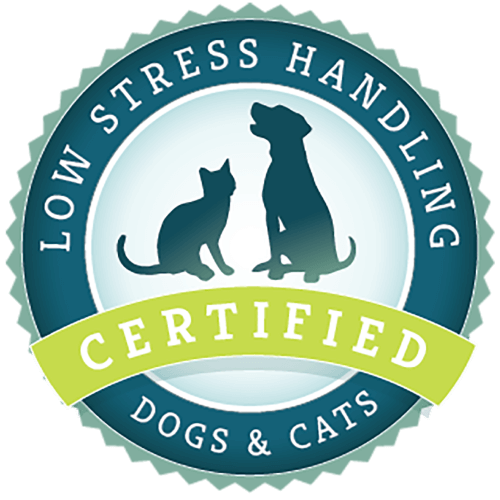What article are you looking for?
Recent Articles
Storm Sangria – A Calming Cocktail for Your Storm Fearful Dog
It is April, and thunderstorms are upon us here in the Midwest. Many dogs are fearful of thunderstorms. It is the most common subtype of noise phobias in dogs. The behavioral response may vary from mild pacing or panting up to escape behaviors such as digging repetitively at the door, trembling severely, or injuring teeth and nails to get out of confinement. Triggers for the fear include falling barometric pressure, wind, rain, cloud cover, and thunder (1) Many of these triggers are present hours before the storm develops. When the thunder and lightening occur, often the dog escalates into full
Leash Walking Tips: Giving Correct Cues for Stopping
Have you ever been in a new city or location or situation and uncertain of where to go and the person who’s supposed to be guiding you keeps getting you mixed up? “This way,” they say as they walk forward slowly but while scanning the signs to the right and left. And then, “Wait no… this way.” And then, “Oops. I meant the other way instead.” If you have, I’m sure you remember the stress and frustration. Now ask yourself, do the dogs I walk at the veterinary hospital or shelter get mixed signals, too? Am I conveying an air
Low Stress Handling® Resources from CattleDog Publishing
As the discipline of reducing stress during veterinary care grows, it helps to have a place where you can find resources. In this post, I have gathered the handouts, blog articles, book chapters, and on-line course content descriptions in one place to help you provide a better care experience for your patients. At my practice, Okaw Veterinary Clinic, I found that hanging a framed copy of both the dog and cat body language posters helped me and my staff recognize brewing fear and aggression before it escalated. The posters are available to purchase in packs of 100, which make great
Feline Enrichment at Indy Humane
As practices and shelters are looking to incorporate Low Stress Handling skills into their daily routines, our work at CattleDog Publishing continues to grow. I recently traveled to the Midwest to present full day seminars on Low Stress Handling. I had a wonderful group of DVM’s, technicians, trainers, and some of the staff from Indy Humane. Colleen Benson, the head of the behavior team at Indy Humane gave me a tour of the facility. It was there that I found Dr. Liz Rose busily hanging shelves, painting crates, and creating a “cat-astic” space for the adoptable cats. This wonderful area
Happy Holidays 2018!!!
The past year has been chock full of so many wonderful things and December 2018 is no different. Between all of our various sales (the best of which starts on December 19th and goes through the 24th), Certification time limit extensions, and the introduction of some of our staff that you may not have met yet, we are very excited to share it all with you. Holiday Sales For the past two weeks (yes, I realize I should have written this blog at the beginning of the month) we have been offering 20% discounts (different products each week) through both
Why Can’t We All Just Get Along? Help for the Multi-cat Household
Africanwildcat2-Blog Today’s domestic cat looks quite similar to its ancestor, the African wildcat. In many ways, our pet cats today are not that different from their wild ancestor, the African wildcat. They even look similar. According to Wild Cats Magazine, the African wildcat is mostly nocturnal, hides during the day, tries to intimidate opponents by making itself look larger, and females defend their territory against intruders. Sound familiar? African wildcats, as well as feral cats, are solitary hunters. This makes perfect sense if you think about it: Their prey might include mice, birds, even insects. Not really enough food to invite
Looking for certifications instead?

Low Stress Handling® Silver-Level Certification
Individual Certification at this level demonstrates to clients and employers the individual’s dedicated interest in Low Stress Handling®. Hospital Certification at this level demonstrates to clients and staff the hospital’s commitment to appropriately training staff in Low Stress Handling® methods.
Learn More
